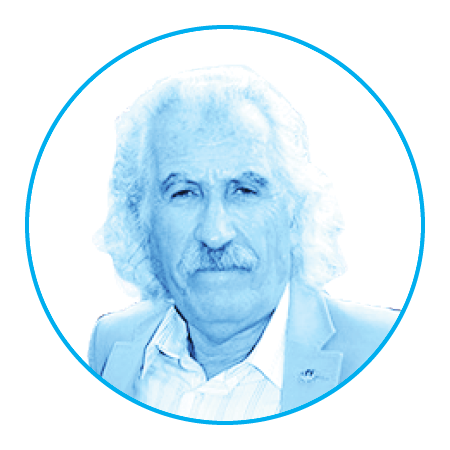
_Alexander Fridman
Fridman is the director of Drexel’s Nyheim Plasma Institute and John A. Nyheim Chair Professor in the College of Engineering.
Plasma is a low-temperature, electrically activated gas commonly found in neon signs, high-def televisions and lightning. It is painless to the touch, but powerful enough to kill bacteria that cause infections. Now a new research center at Drexel will work with industry to uncover early-stage applications for plasma technology.
The new Center for High Pressure Plasma Energy, Agriculture and Biomedical Technologies is funded by a five-year National Science Foundation grant jointly shared by Drexel, the University of Michigan, George Washington University and multiple industrial partners.

New_applications
Researchers are experimenting with plasma as a sterilization tool and in other applications ranging from water treatment to wound healing.
“By deepening our understanding of plasma systems and how they interact with their environment, this work will help expand the use of low-temperature plasma for applications such as food processing, agriculture, fuel conversion, medical and industrial waste water treatment, and many other new areas,” says Alexander Fridman, director of Drexel’s Nyheim Plasma Institute and a professor in Drexel’s College of Engineering, who is director of the new center.
The Nyheim Plasma Institute has been conducting plasma technology research and development since 2002, with projects ranging from water-to-energy conversion, air and water treatment, to medical applications.
